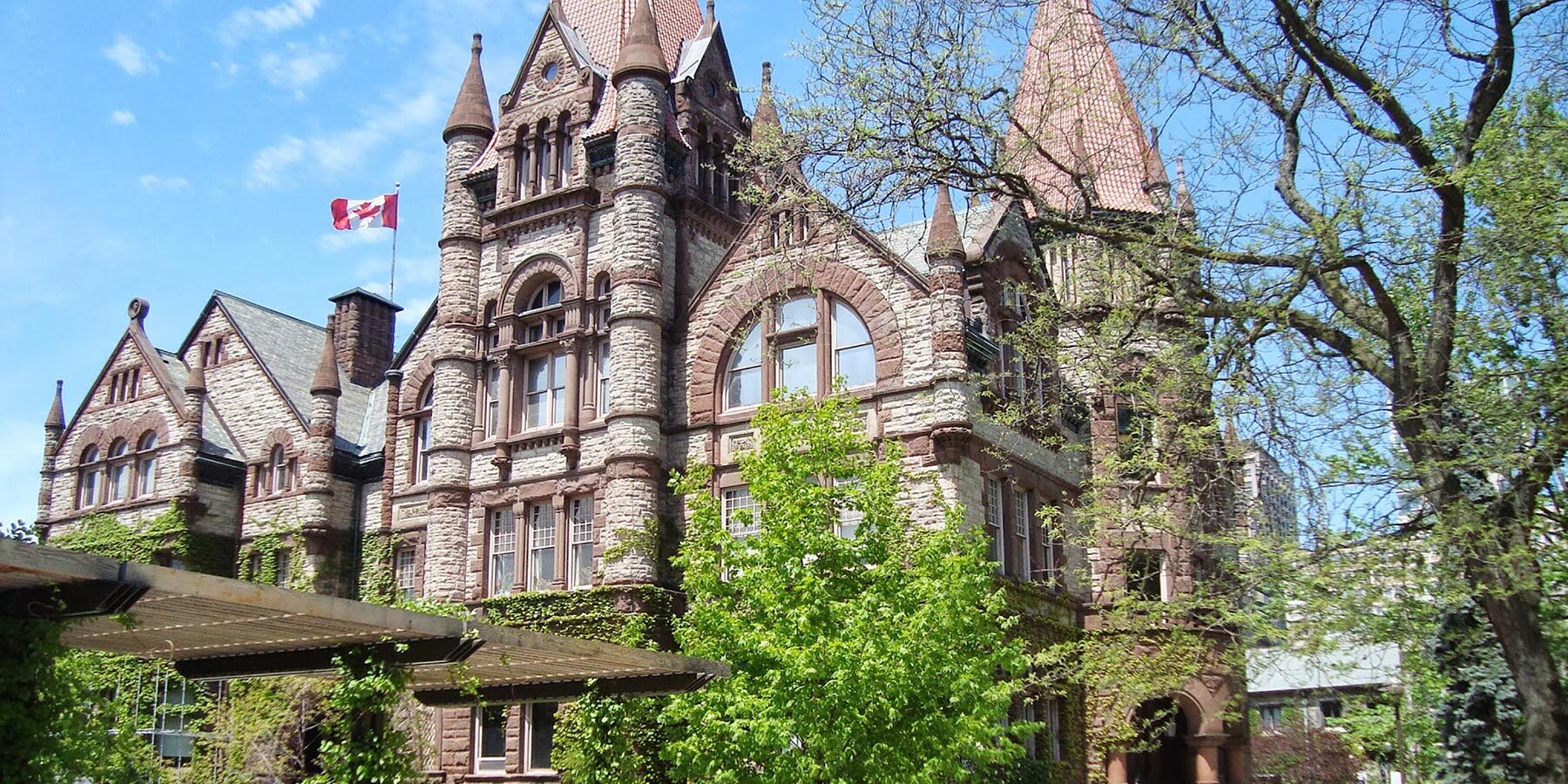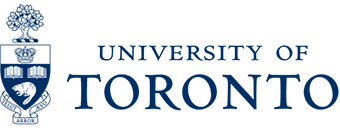Welcome to the medical student section of the plastic surgery website. This section will acquaint you with the objectives we would like you to achieve should you choose to do a rotation in the Division of Plastic, Reconstructive & Aesthetic Surgery at the University of Toronto.
Undergraduate Medical Education at the University of Toronto is undergoing change. Every faculty is involved in improving our curriculum so that we can provide you, our trainees, with the best knowledge and skills in an optimal environment. The goal is to provide you with all the tools you will need to make important decisions with respect to your future training and ensure you leave the undergraduate training program with excellent skills to build your future career.
As part of this, the Department of Surgery has formed a committee of all the surgical specialties. The first goal of this committee was to set out a series of rotation objectives for our medical students. Through consultation with all members of the Division of Plastic, Reconstructive & Aesthetic Surgery, we developed a group of objectives common to all sites in the University of Toronto Teaching Hospitals. We expect that you will achieve these objectives during your rotation since they are the fundamentals to understanding plastic surgery as a specialty.
Currently, there is no formal assessment to see if these objectives are covered, but the committee is moving towards a web-based checklist that the undergrads must complete for each surgical rotation. It is both our and your responsibility to ensure that you meet the rotation objectives. Your faculty supervisor should provide you the objectives at the start of your rotation and you should take the opportunity at your midway review to ensure that you have had adequate exposure to the areas that will allow you to successfully complete the objectives during your rotation. (Click on the link below to download a PDF copy of the Plastic Surgery Educational Objectives).
Undergraduate Medical Education
Rotation Specific Objectives: Plastic, Reconstructive & Aesthetic Surgery
- To examine at least one wound and be able to describe the phases of wound healing and relate these phases to types of wound dressings.
- To be able to describe the reconstructive ladder and have an appreciation of at least one of its techniques after attending at least one reconstructive procedure.
- To be able to conduct a basic examination of the hand with recognition and understanding of management principles for hand injuries.
- To be able to suture at least one wound under supervision.
- To be able to describe the features of one of the three common skin cancers: Basal Cell Carcinoma, Squamous Cell Carcinoma or Malignant Melanoma.
We welcome your feedback, in particular if you feel there is someway we can improve or modify these objectives to give you a better experience while exploring plastic surgery. Please feel free to contact me directly with any feedback or comments.
Sincerely,
Dr. Melinda Musgrave
Undergraduate Medical Education Coordinator
Division of Plastic, Reconstructive & Aesthetic Surgery


